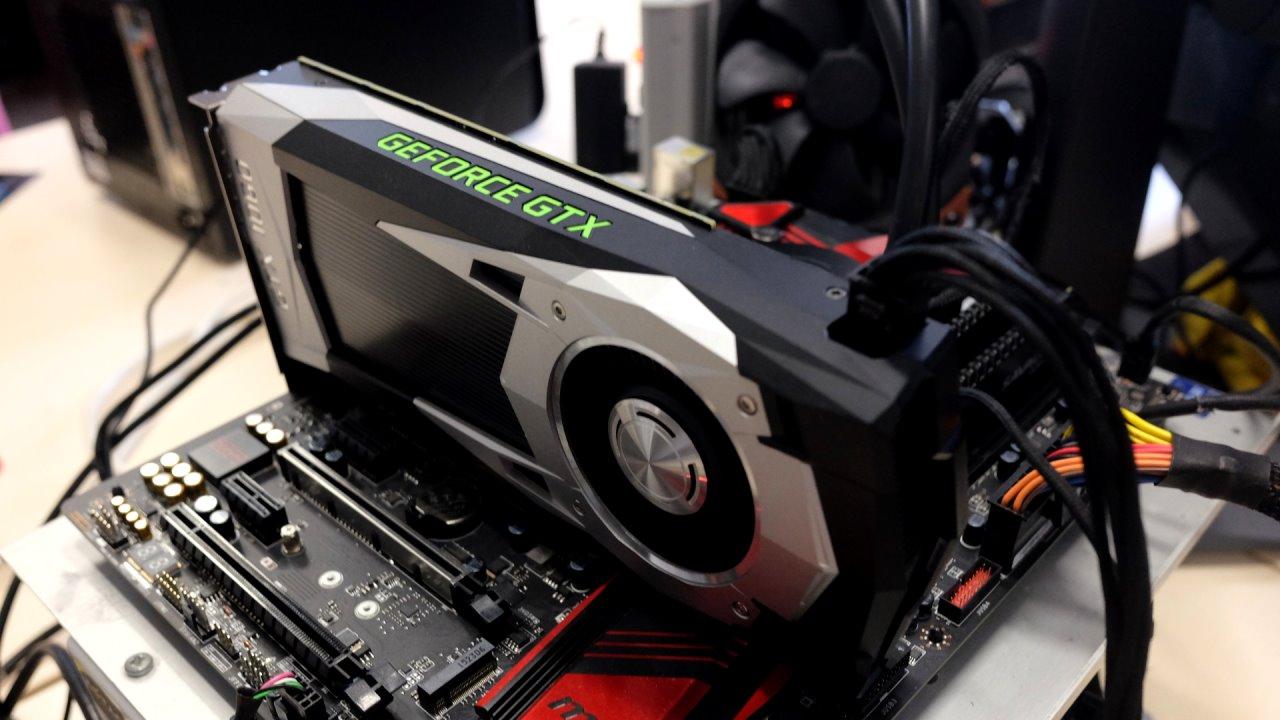The only models NVIDIA currently makes in the GTX line are the GTX1650 and the GTX1630, low-end graphics that continue to have great success on the market and that can be purchased for just over 160 dollars. From the first quarter of 2024, both models will cease to be manufactured and will be added to the GTX 1660S model, the last model in this range to leave the production lines.
In this way, NVIDIA leaves a gap in the price market for these graphics that, at the moment, should not be covered by any other new model. As we said at the start of this article, it was only a matter of time before NVIDIA forgot the GTX 16 range based on the Turing architecture, like the RTX 20, to concentrate all its production on the most popular models. modern.
The GTX 1650 and 1630 models are the input range for users who need a graphics card but do not want or can spend a lot of money, since both can be found on the market for less than 200 dollars. While it is true that these models are not an option for enjoying next-gen titles, they are intended for popular multiplayer titles such as Fortnite, Apex Legends, Call of Duty and others.
Alternatives to the GTX 16 series
Just because NVIDIA stops making the GTX 16 line doesn’t mean it stops receiving support in the form of updates, so if we’re still using this model there’s no need to run out and d ‘buy a higher model like the RTX 20 series, the next in line, the price scale.
With the disappearance of the market for this range, NVIDIA is abandoning the graphics market for less than 200 dollars. For desktop computers, the most economical option is RTX2060 (RTX 2050 model is only available for laptops). This model is available in versions with 6 and 12 GB of GDDR6 memory, the most economical model obviously being the version with 6 GB.
But if we are already changing the graphics and we want it to last for a few years, the next option is RTX3060 (As with the RTX 2050, the RTX 3050 is only available for laptops). This model is available with 8 GB of GDDR6 memory and instead of using the Turing architecture available on the RTX 20 and GTX 16 series, the RTX 30 series uses the Ampere architecture. The RTX 40 series uses the Ada Lovelace architecture.
The RTX 2060 and RTX 3050 support laser trace, one of the main flaws of NVIDIA’s GTX range. Now that Christmas is approaching, it is not the right time of year to renew our graphics card, since prices are increasing to take advantage of the surge in sales at this time of year. It is advisable to wait until January if we want to renew our GTX graphics range for one of the higher RTX models from this same manufacturer.









